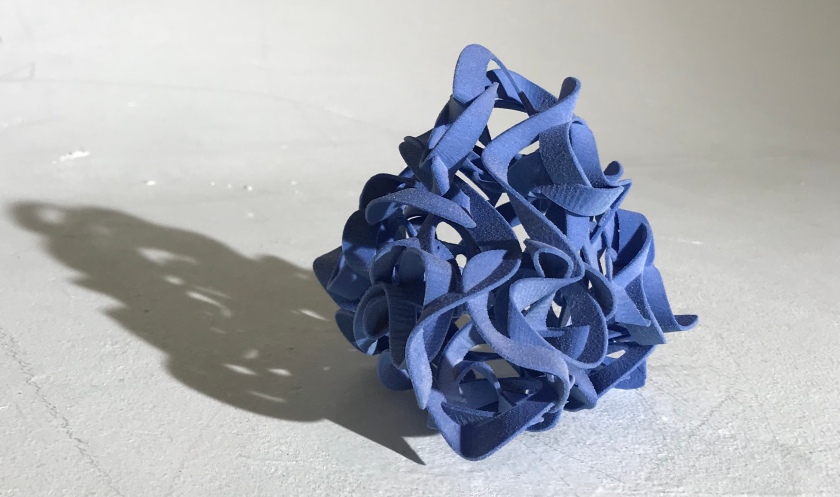
Tiny house movement, which is a theme of DS10 second brief, is closely linked to the idea of self-build. It is commonly thought that both emerged simply as a response to housing crisis. However, compelled limitations can also encourage other unexpected movements. Here, I want to talk about how the self-build practice allowed discovering new possibilities that go beyond economy.
In 1980s, Berlin-born modernist architect Walter Segal proposed a solution to shorten the housing waiting list by allowing people to build their own homes. With the bold step of London borough of Lewisham, an ‘awkward’ piece of sloping land, that was found unsuitable for council’s programme, was donated for the experiment. People that got randomly chosen from the waiting list were allocated a site and given a basic induction in how to saw a straight line and drill a hole. Segal believed that a house should adapt to its occupants. Each household was invited to participate in the design stage, while the construction principles included lightweight timber frames and stilt foundations, meaning the layout could always be adjusted. New residents of Walter’s Way all worked collaboratively from the project commencement and as a result formed a tight community. At the end of the project, new occupants were given a chance to buy their homes. Walter’s Way became UK’s first self-built council housing project.


In spring 2016 I visited the site to interview residents for my undergraduate dissertation project. I was keen to understand how design principles of community influenced the level of happiness of it’s residents and therefore affected sustainable behaviour. Walter’s Way was a unique case study. Walking onto the street felt nothing like the rest of London and more like an eco-village in a countryside. You could sense a spirit of community that seemed to work great almost naturally. The road slopes down and main entrances to houses are oriented in such way, that you always see your neighbours as soon as they walk out their private spaces. The central core is used for weekly community activities and as a kids playground. All residents were happy to talk and during the conversation it was common to hear “I’m not as sustainable as my neighbour, but I learn from them”, which is almost like a good eco-competition. That is without saying that certain homes achieve carbon savings of 73% (according to SuperHomes).
Today, all houses are private with many owners occupying their homes for over 20 years. Everyone remembers the history of Walter’s Way and feels proud to be a part of it. Many continued the legacy of self-build by attaching extensions or upgrading buildings. The fact that all houses were designed by those in need and built with their own hands allowed for an activist community to be born. It not only challenges the traditional approach to solving housing issue, but creates new opportunities in the city by building on ‘abandoned’ sites, creating a new model for urban life and teaching others sustainable lifestyles.




